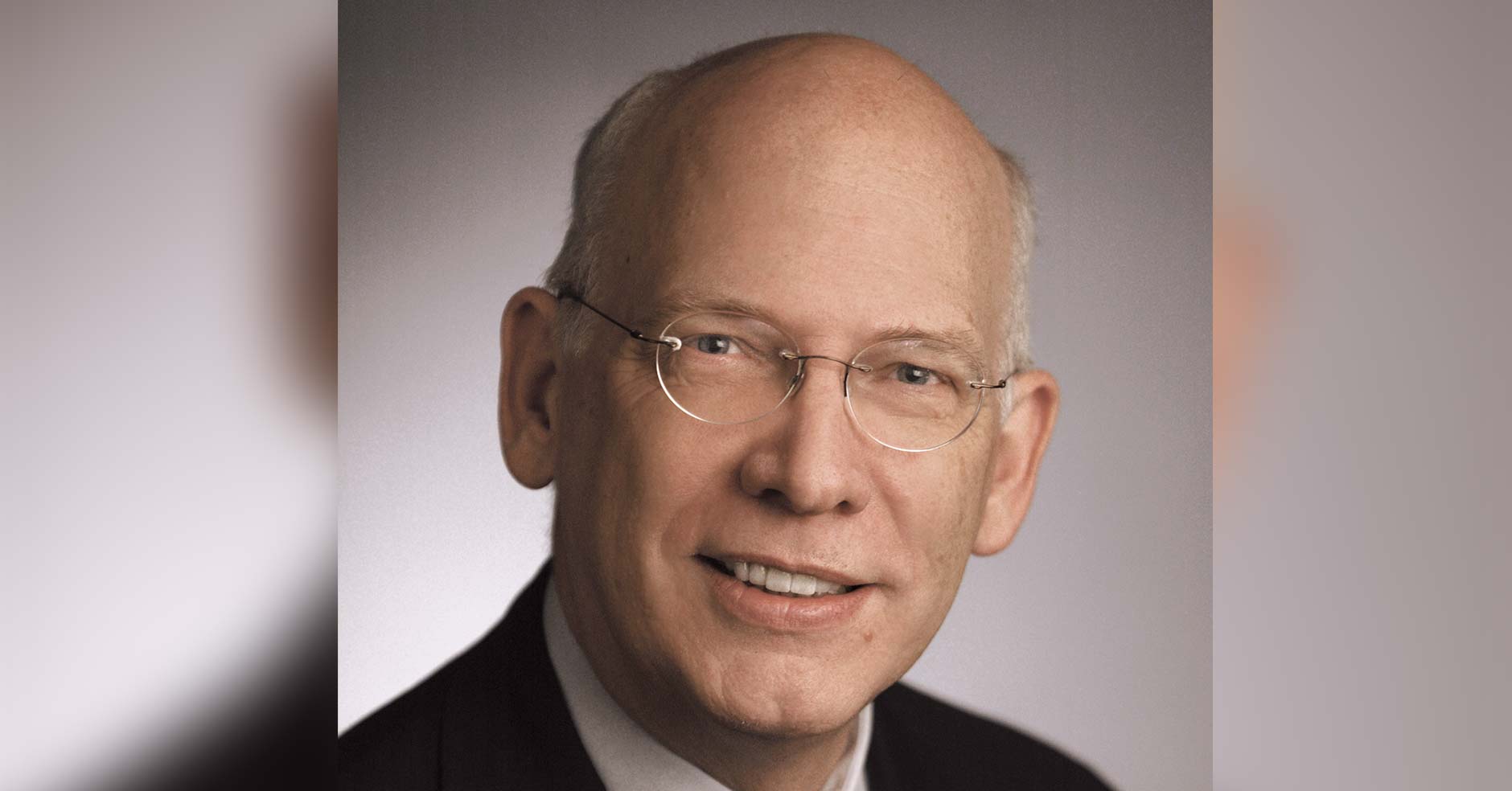It’s no small wonder that we seem to be living in an era dominated by data-driven analytical thinking. Data are ubiquitous. That can be frustrating to an intuitive that sees the world in systems and thinks from the top down. Nevertheless, I encourage you to persevere.
The most frequent questions we get these days are, “Where is the market going?” “Can this market high really continue?” “Shouldn’t we be going to cash since the market is at an all-time high?” (It was at the time of this writing.) I usually respond to such questions with the caveat that we don’t possess a crystal ball, but we do have a windsock. That answer stemmed from years of experience coupled with knowledge of the ups and downs of the business cycle.
More importantly, I want to know what’s behind any of those questions. “How do you feel currently? Are you experiencing elation at your recent return on investment? Do you have FOMO (fear of missing out) because you haven’t been more fully invested in the Big 7 through this most recent rally? Or do you fear that the next crisis is just around the corner?”
I’m sure you pay attention to how the news outlets report on the stock market and economy. “The Dow was up / down by x points.” Or “Inflation rate is up / down by x percent.” Or “Employment rose / declined by x thousand jobs last month.” They are reporting on the near-term gyrations and assume that every listener a) knows what they are talking about, and b) can apply it to their daily lives in some sort of meaningful way. These are the effects of normal volatility, usually measured by standard deviation. I would like to suggest that investors focus on the news that ultimately matters to the markets. Pay attention to the causes, rather than the effects, i.e., the stories that come before or after the announcements of today’s price level of the DOW or S&P.
So, what is that? It isn’t nearly so much the traditional business cycle news as it is reports about the shocks (both good and bad) caused by events external to the market: e.g. geopolitical events, natural disasters, regulatory changes on taxes and entitlements, wars, and the seismic shift from an industrial economy (manufacturing) to a service economy (you and me).
This concept and identification of potential exogenous shocks were recently brought to light by Dr. Woody Brock.1 He made the point that while the business cycle is not dead, it has far less importance than it has had in the past, and the daily reports of market ups and downs are mainly noise. It is exogenous events that hold a bigger risk and potentially greater opportunity as we look into the future.
Undoubtedly, the impending federal debt crisis, i.e., national insolvency, ranks high on the list. In other papers, Dr. Brock has outlined a valid method of preventing such a 1 H. Woody Brock, What “News” Used to Drive the Markets? What News Will Drive Markets in the Future? What Has Changed? Strategic Economic Decisions, Inc., Profile, February 2024. crisis, but his method would require a change in law that would allow the Fed and Treasury to work together in a novel way. Since neither major party appears to be presently willing to address this, I hold out little hope that it will be done anytime soon. Meanwhile, you and I must remember that it is ultimately the bond market, not the Fed, that controls long-term interest rates, and to a large extent, the economy.
If you are like most balanced investors who believe in asset allocation, you have likely had a portion of your portfolio in long-term bonds for the last couple of years. You would have seen that portion of your portfolio lose money while the stock market has roared. (For example, iShares U.S. Aggregate Bond ETF dropped by 17% in the first 11 months of 2022 and has only recovered 9% since then. The current yield on that ETF is just a bit over 3.3%.) At the same time, short-term rates have been steadily above 5%.
For most investors, it has made more sense to ladder short-term U.S. Treasury Bills than to remain in long-term bonds through this period. Keeping them short i.e., three months, also maintains a healthy dose of liquidity that could come in handy should one of the exogenous events come to pass.
Understanding the dynamics of exogenous and endogenous risks is essential to investors. By identifying and addressing these risks effectively, stakeholders can mitigate the potential for market disruptions and build a more robust financial system capable of withstanding shocks and challenges. If you haven’t been paying attention to your investments, now is the time.




